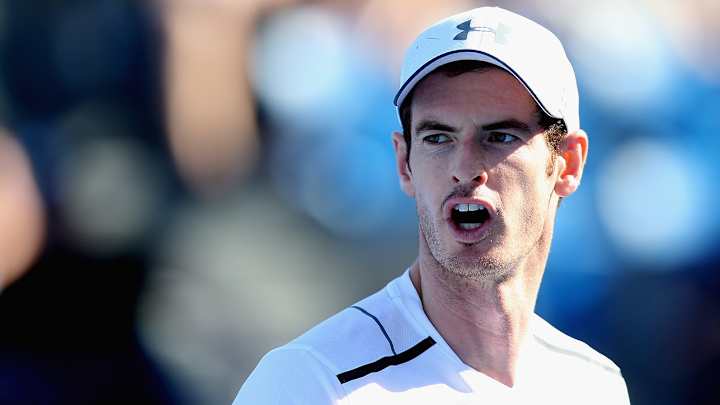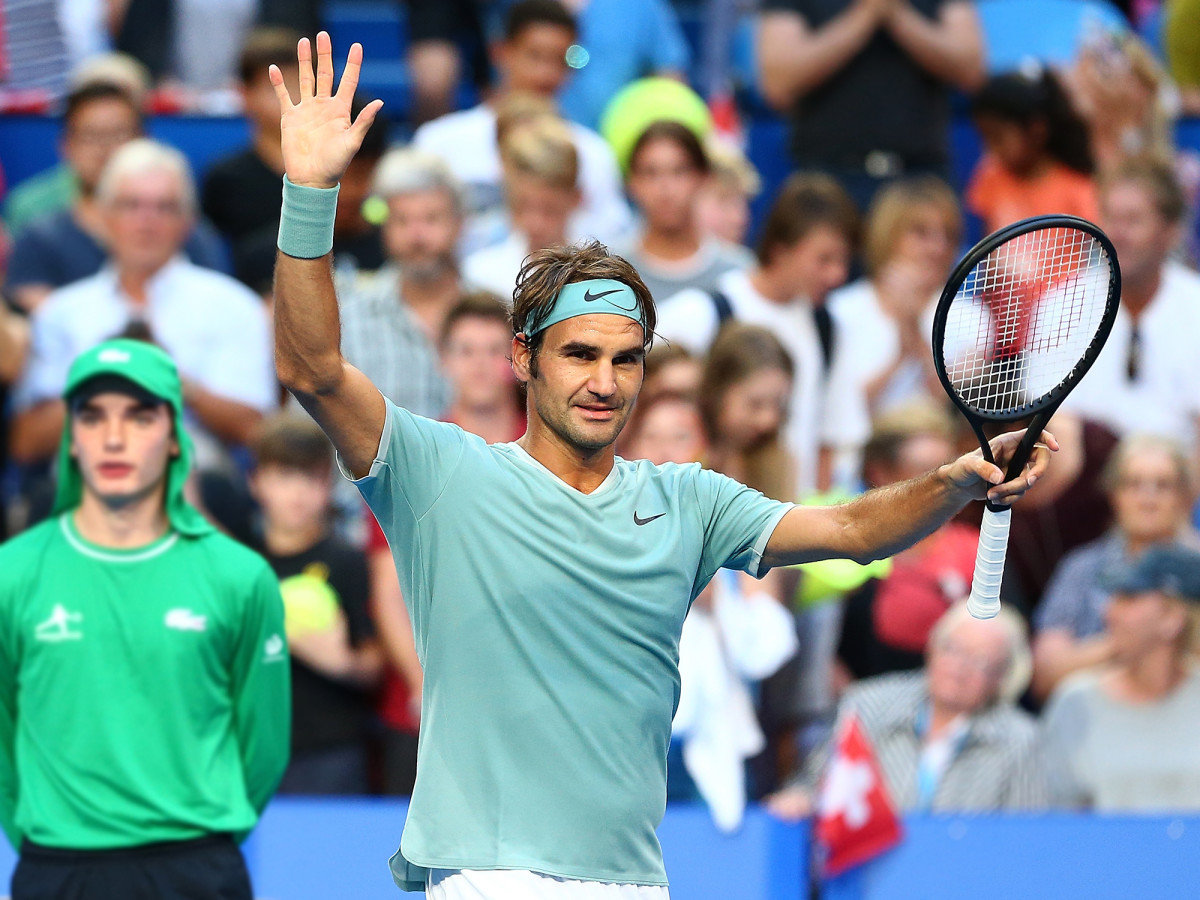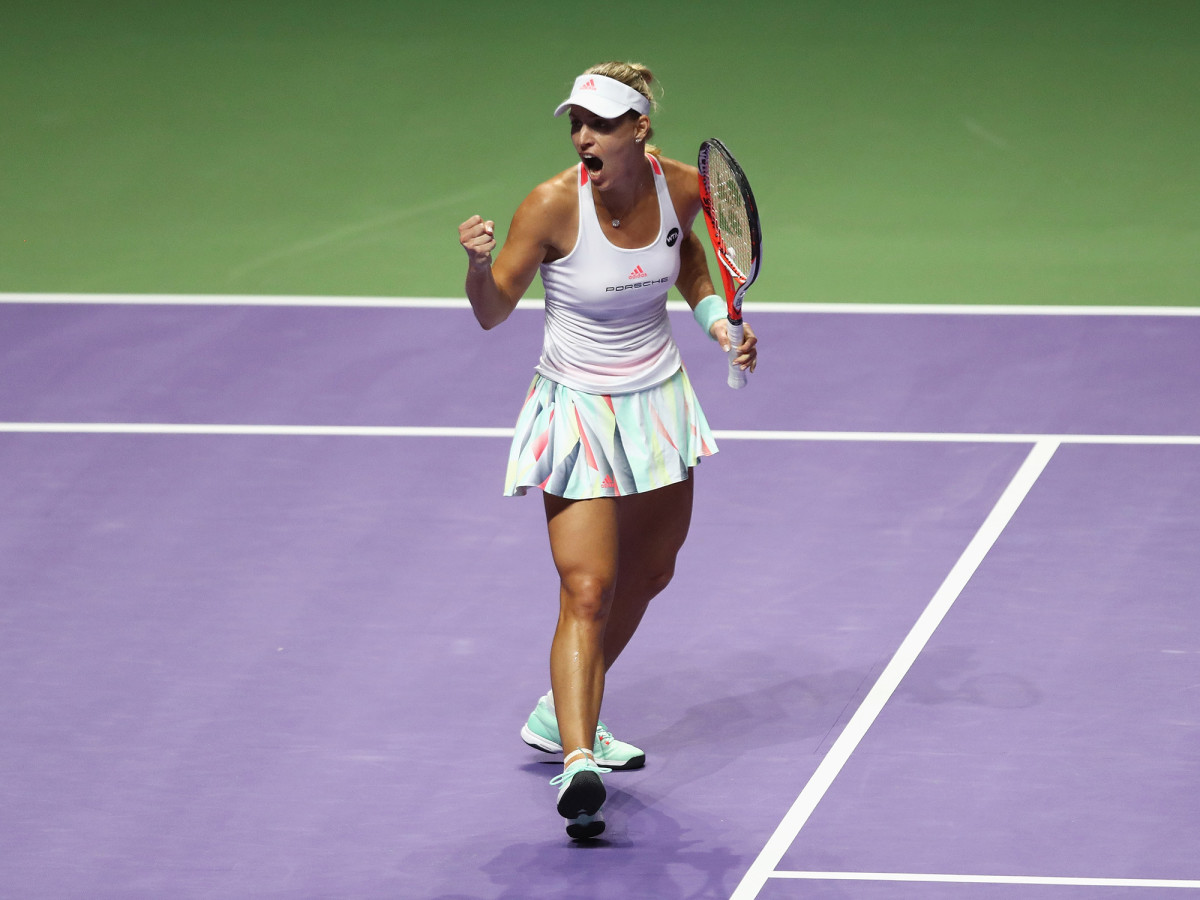What's in store for 2017? Looking ahead to the upcoming tennis season

Welcome back, everyone. The year is only a few days old and we’re already less than two weeks from the first major of 2017. (Marketing slogan: Tennis, the sport with no time violations.) With a nod to Nick K—that’s Kristof, not Kyrgios—let’s start with a game of predictions. We can revisit in 11+ months and see how we all performed.
On Dec. 31, 2017 the No. 1 ranked ATP player will be:
a. A resurgent Novak Djokovic
b. A still-dominant Sir Andy Murray
c. Either Roger Federer or Rafael Nadal
d. A player aged 25-29
e. A player under 25
Serena Williams will:
a. Return to the No. 1 spot, inching closer to Margaret Court’s all-time majors record (a record so heavily distorted with Australian Open wins that it pales in comparison to, say, Steffi Graf’s mark that Serena has already attained.)
b. Come to the irreducible conclusion that Father Time has a winning head-to-head against even the best athletes.
c. Be betrothed, closer to 40 than 30, and, understandably, running low on motivation, thereby declaring this the final year of her unrivalled career.
d. Quit abruptly to devote her undivided attention to becoming a full-time Instagram champion.

Roger Federer will:
a. Return to prominence and declare that the aborted 2016 season was a disguised blessing.
b. Return to the 6-10 range but come to the irreducible conclusion that Father Time has a winning head-to-head against even the best athletes.
c. Become the first player to hold the title of ATP CEO while sustaining a Top 10 ranking.
d. Shrewdly announce that he’s already looking forward to 2018, thus forestalling weekly questions about his retirement plans.
At the end of 2017, the top-ranked WTA player will be:
a. Angie Kerber, still riding Das Wave
b. A resurgent, relatively healthy Serena Williams
c. A validated Maria Sharapova
d. Karolina Pliskova
e. Other
A prominent theme on the ATP Tour this year will be:
a. Balancing tennis with fatherhood, impacting players of all ages.
b. Messaging the fans that match-fixing—while a scourge on the sport—is occurring mostly at Podunk events, high school Battle-of-the-bands contests to the ATP/WTA’s Coachella.
c. The severe reality of life after Federer/Nadal.
d. The Laver Cup as a realistic alternative to Davis Cup.
e. All of the above.
A prominent theme on the WTA Tour this year will be:
a. The severe reality of life after Serena.
b. The return of Sharapova.
c. Making good on the promise of live streaming platforms and more robust media rights deals—both critical to the sport’s growth and both currently “underleveraged and under-monetized” as they say in MBA-speak.
d. Shrinking the number of tournaments.
This will be the last Miami Open at Key Biscayne before the event moves to:
a. The USTA facility outside of Orlando
b. Donald Trump’s Mar-a-Lago
c. Las Vegas
d. Dubai
Ana Ivanovic announces her retirement from professional tennis
By year’s end, the top-ranked American male will be:
a. John Isner, yet again.
b. Jack Sock
c. Taylor Fritz
d. Forgotten man, Jared Donaldson
e. John McEnroe
f. Other
Nick Kyrgios will:
a. See his emotional maturity finally catch up to his talent and crack the top five.
b. Continue to come up with ways to challenge tennis’ code of conduct.
c. Continue toggling between entertaining and maddening, showing signs of maturity but still falling short of “the big breakthrough.”
d. Quit tennis and sign an NBDL contract.
e. Quit tennis to devote more time to his Etsy page.

Amid all the talk of “innovation” and “format change,” this idea will be implemented:
a. Four-game sets
b. No-ad scoring
c. Play all lets on serve
d. Curbing the string technology that has gone unchecked for too long
e. Mandatory rules that all tournaments play Diplo beats during points
At the end of 2017, tennis will:
a. Continue to succeed in spite of its tendency for self-sabotage
b. Treasure fully the stars with double-digit Majors, appreciating the absurd bounty of riches over the last 15 years or so.
c. See a minor boom—a boomlet, as it were—of Americans.
d. Choose this as the year the sport finally addresses the unseemly, growth stifling conflict of interests that run rampant.
e. See a disturbing trend of declining tennis ratings on general networks offset by the vastly improved distribution of Tennis Channel, he suggests conflictedly.
